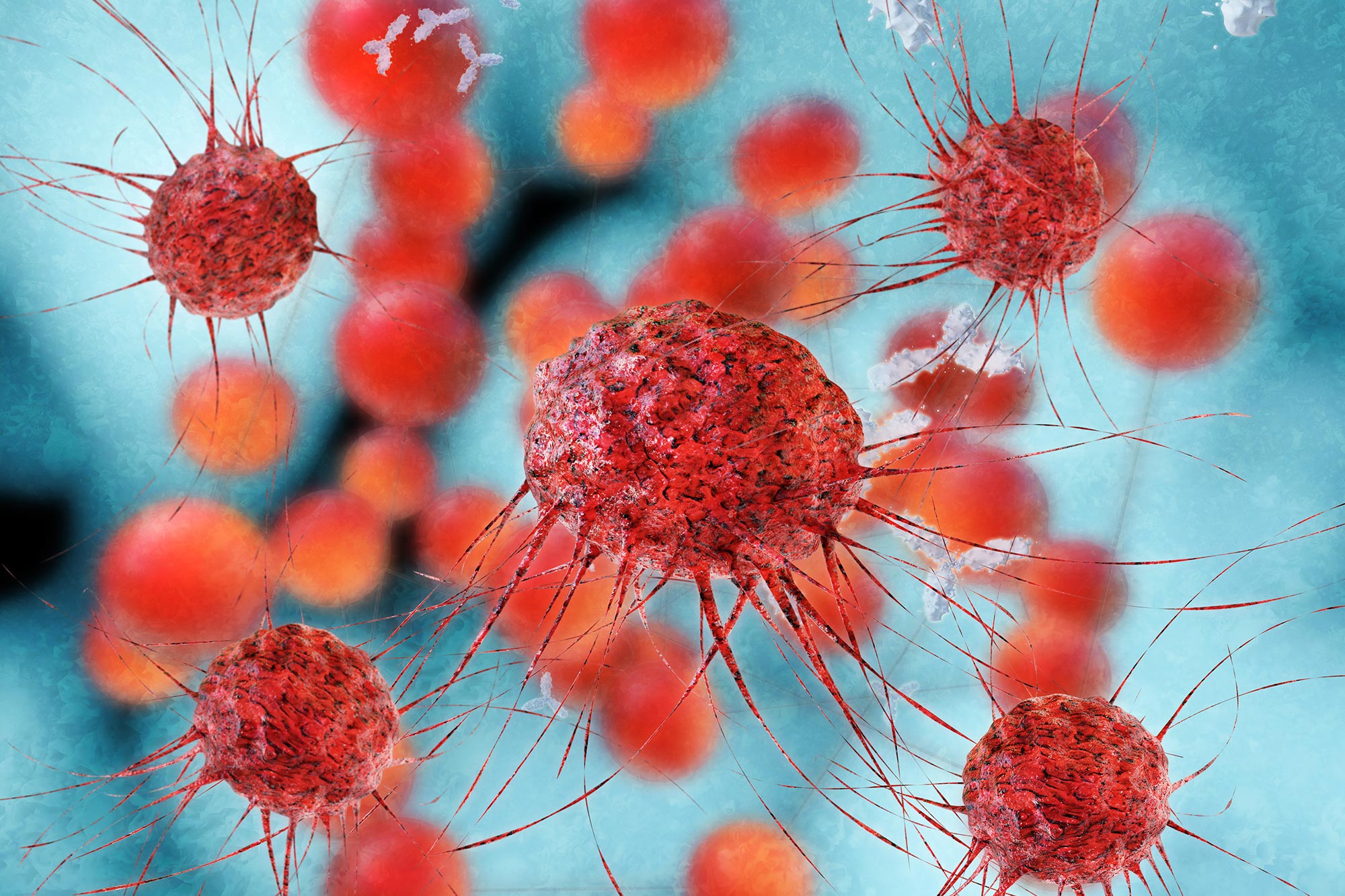A recent study found that the wear and tear of chronic stress can increase cancer mortality.
According to Medical College of Georgia at Augusta University researchers, the body’s wear and tear from chronic and lifelong stress may also raise the chance of dying from cancer.
That wear and tear, called allostatic load, refers to the cumulative effects of stress over time. “As a response to external stressors, your body releases a stress hormone called cortisol, and then once the stress is over, these levels should go back down,”
says Dr. Justin Xavier Moore, an epidemiologist at the Medical College of Georgia and Georgia Cancer Center. “However, if you have chronic, ongoing psychosocial stressors, that never allow you to ‘come down,’ then that can cause wear and tear on your body at a biological level.”
More than 41,000 participants from the National Health and Nutrition Examination Survey, or NHANES, which was conducted from 1988 to 2019 were retrospectively analyzed by researchers under Moore’s direction. Body mass index, diastolic and systolic blood pressure, total cholesterol, hemoglobin A1C (higher levels indicate a risk for diabetes), albumin and creatinine (both measures of kidney function), and C-reactive protein (a measure of inflammation) are baseline biological measurements that the researchers used to calculate the allostatic load. A high allostatic load was defined as having a score greater than 3.

Dr. Justin X. Moore. Credit: Mike Holahan, Augusta University
The National Death Index, which is maintained by the National Center for Health Statistics and the Centers for Disease Control and Prevention, was then compared with those participants to identify who had died from cancer and when.
“To date, there has been limited research on the relationship between allostatic load and cancer among a current, nationally representative sample of US adults,” Moore and his colleagues write in the journal SSM Population Health. “Examining the association of allostatic load on cancer outcomes, and whether these associations vary by race may give insight to novel approaches in mitigating cancer disparities.”
The researchers found that, even without adjusting for any potential confounders like age, social demographics like race and sex, poverty to income ratio, and educational level, those with a high allostatic load were 2.4 times more likely to die from cancer than those with low allostatic loads.
“But you have to adjust for confounding factors,” Moore explains. “We know there are differences in allostatic loads based on age, race, and gender.”
In fact, in previous research, he and his colleagues observed that when looking at trends in allostatic load over 30 years among 50,671 individuals, adults aged 40 and older had greater than a 100% increased risk of high allostatic load when compared to adults under 30. Further, regardless of the time period, Black and Latino adults had an increased risk of high allostatic load when compared with their white counterparts. Much of that, Moore says, can be attributed to structural racism — things like difficulty navigating better educational opportunities or fair and equitable home loans.
“If you’re born into an environment where your opportunities are much different than your white male counterparts, for example being a black female, your life course trajectory involves dealing with more adversity,” he says.
Even when controlling for age, the researchers found that people with a high allostatic load still have a 28% increased risk of dying from cancer. “That means that if you were to have two people of the same age if one of those people had a high allostatic load, they are 28% more likely to die from cancer,” Moore says.
Adjusting for sociodemographic factors including sex and race and educational level, high allostatic load led to a 21% increase; and further adjusting the model for other risk factors like whether participants smoked, previously had a heart attack, or been previously diagnosed with cancer or congestive heart failure, led to a 14% increase.
Moore and colleagues further examined the relationship between allostatic load and cancer mortality specifically among each racial/ethnic group (e.g., non-Hispanic Black, non-Hispanic white, and Hispanic adults). However, allostatic load was not as strongly related when broken down by race categories. These findings could be explained by the sheer size of the original sample.
“Epidemiologically, when looking at 41,000 people, there are many cancer-related-death events,” Moore explains. “However, it is more difficult to ascertain a relationship between x (allostatic load) and y (cancer death) when you essentially have fewer data points to measure.” For example, limiting the sample to just non-Hispanic Blacks would mean analyzing a sample of just 11,000 people, so the relationship may look diminished or attenuated.
“The reason race even matters is because there are systemic factors that disproportionately affect people of color,” he says. “But even if you take race out, the bottom line is that the environments in which we live, work, and play, where you are rewarded for working more and sometimes seen as weak for taking time for yourself, is conducive to high stress which in turn may lead to cancer development and increased morbidity and mortality.”
In the United States, cancer is the second leading cause of death and it was responsible for an estimated 1.9 million cases and nearly 609,000 deaths in 2021.
- aum
-

 1
1




Recommended Comments
There are no comments to display.
Join the conversation
You can post now and register later. If you have an account, sign in now to post with your account.
Note: Your post will require moderator approval before it will be visible.